Flowering reed or reed leaf? A hieroglyphic puzzle
As part of some research I was doing, I needed to find a picture of the plant represented in the j hieroglyph (see below), otherwise known as the ‘yod’ or ‘yode’ (M27 in Gardiner’s sign list).
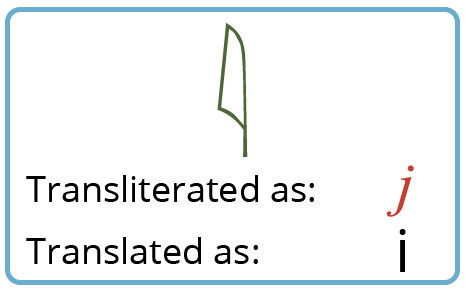
Unfortunately, I hit a snag. Some of my language books, such as Gardiner himself, describe it as a ‘flowering reed’. Other books, such as Collier and Manley in their How to read Egyptian Hieroglyphs and James P Allen in his Middle Egyptian tome refer to it as a ‘reed leaf’.
So, what was I to look up?
Upon realising that my library is woefully short of anything Egyptological from the botanical point-of-view, I turned to the Internet and, after a bit of digging around, I found a paper on JSTOR from the Kew Bulletin entitled ‘Grasses in Ancient Egypt’. Bingo!
The article lists three main types of reed present in the Egyptian archaeological record:
Phragmites australis
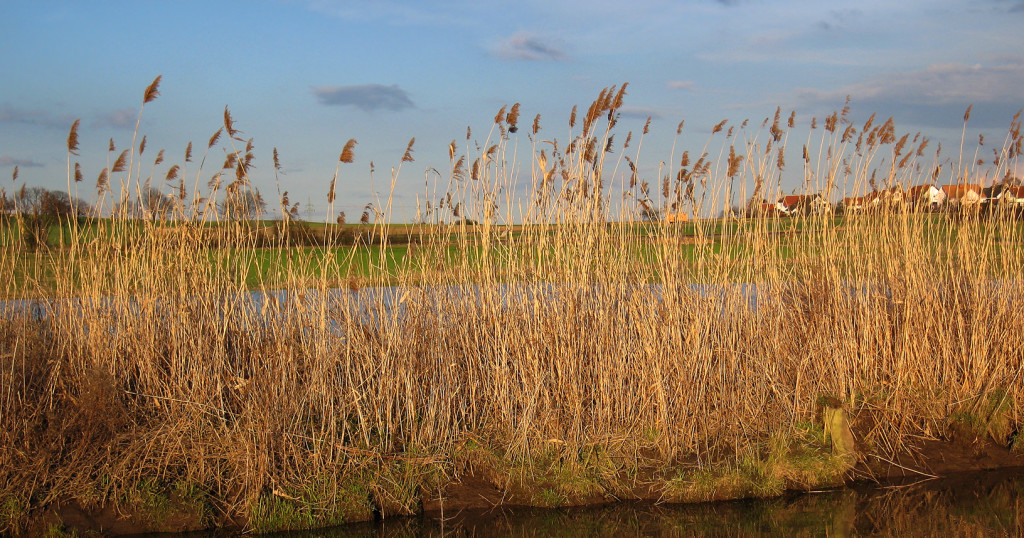
Arundo donax
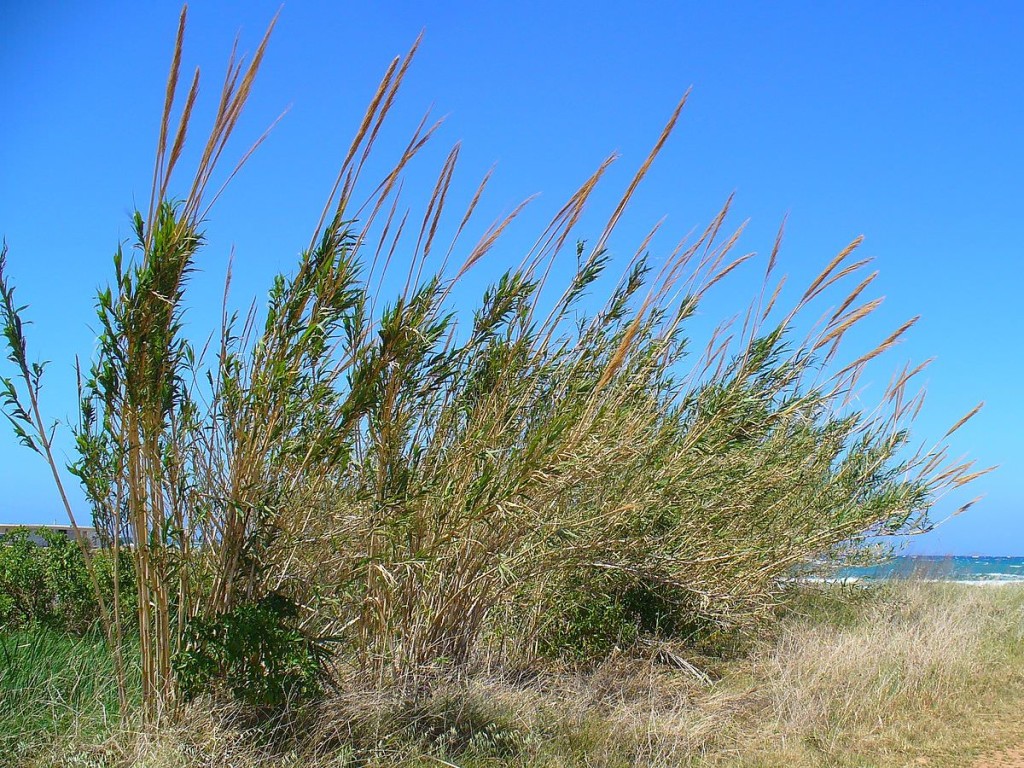
Saccharum spontaneum
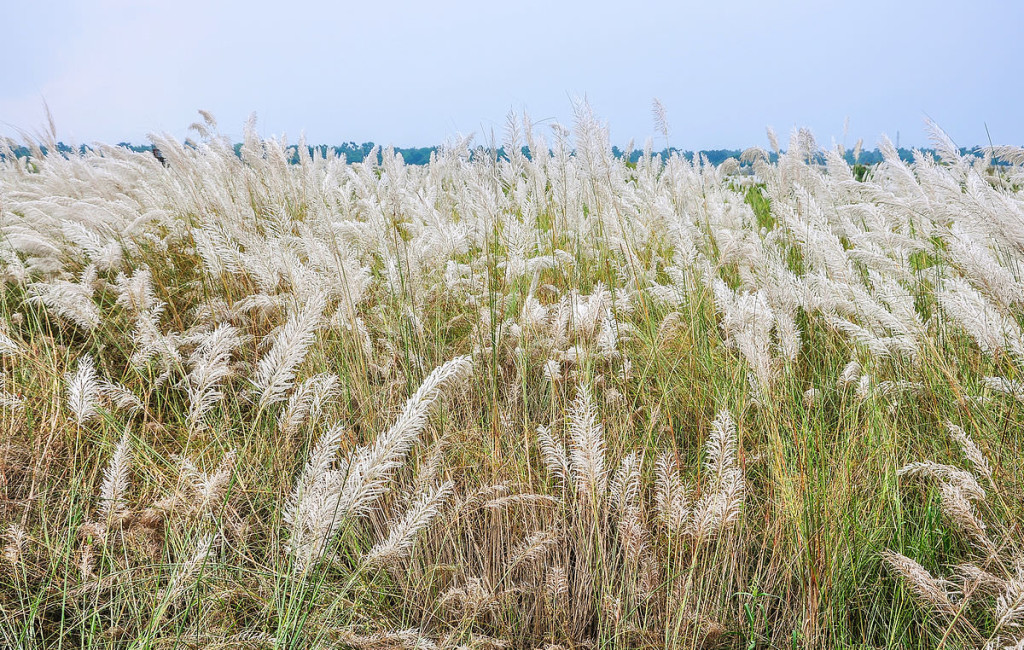
On page 509, the article states:
According to Täckholm and Drar (1941), Phragmites is also pictured on old monuments, though misinterpreted by some authors as Arundo. The outer temple wall of Madinet Habu, where the war events of Ramses III are illustrated, a lion is seen fleeing through thickets of Phragmites. They add ‘the panicle of Phragmites was used as a common Hieroglyphic sign, easily distinguished from Arundo by its lax, acute, 1-sided (not dense, ovoid, symmetric) panicle’.
A panicle (I have to admit, I had to look it up!), according to the Oxford Dictionaries online, is “A loose branching cluster of flowers, as in oats.” Basically, the top, feathery bit containing the seeds.
Following on through from this reference, I found the scene mentioned in the article in the Oriental Institute’s Medinet Habu – Volume 1: Earlier Historical Records of Ramses III. Plate 35 depicts the lion-hunting scene, and you can clearly see in the image below that it’s the panicle at the top of the reeds being depicted in the j hieroglyph, and not the leaves.
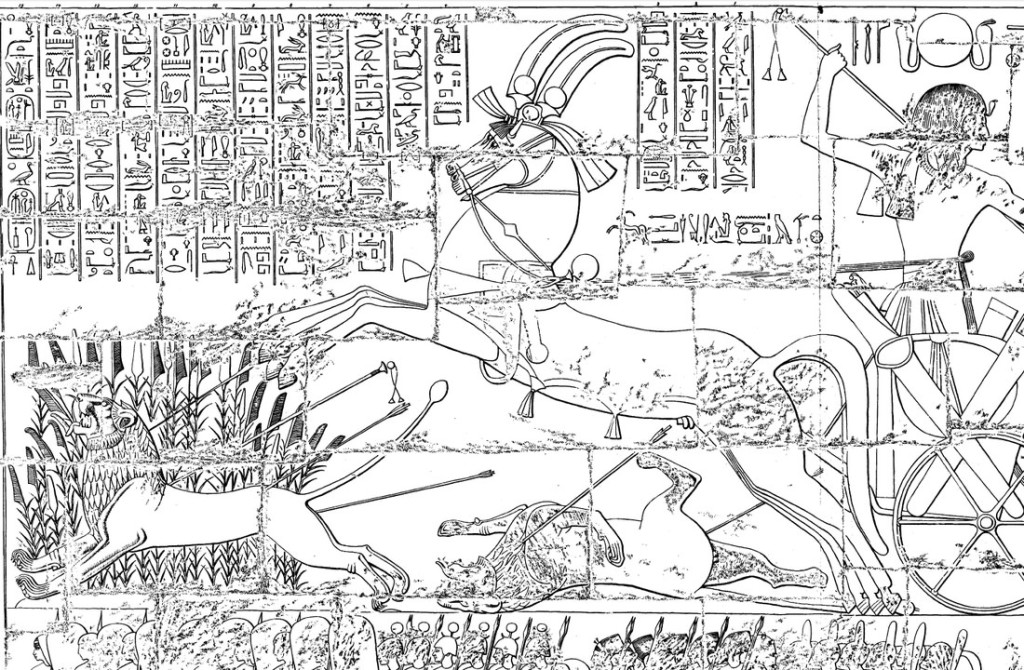
So why is it referred to as a ‘reed leaf’ in these books? It seems like a bit of a misleading term to me.
Maybe it’s just a turn of phrase that’s caught on. If you know, please do leave a comment.
For now, however, I think I’ll stick to ‘flowering reed’.
References
- Loutfy Boulos and Ahmed Gamal-El-Din Fahmy, “Grasses in Ancient Egypt”, Kew Bulletin, Vol. 62, No. 3 (2007), pp. 507-511 (stable URL, accessed 19 June 2014, https://www.jstor.org/stable/20443376)
- Medinet Habu – Volume 1: Earlier Historical Records of Ramses III (Chicago, 1930) pl. 35 (https://oi.uchicago.edu/sites/oi.uchicago.edu/files/uploads/shared/docs/oip8.pdf, downloaded 19 June 2014)

Thank you for taking the time to read this article. If you’ve enjoyed it and would like to support me, you can like/comment, share it on your favourite social media channel, or forward it to a friend.
If you’d like to receive future articles directly to your inbox you can sign up using the link below:
If you feel able to support me financially, you can:
- become a patron of my photography by subscribing for £3.50 a month or £35.00 a year
- gift a subscription to a friend or family member
- or you can tip me by buying me a virtual hot chocolate (I’m not a coffee drinker, but load a hot chocolate with cream and marshmallows, and you’ll make me a happy bunny …)
With gratitude and love,
Julia
Unless otherwise credited, all photos in this post are © Julia Thorne. If you’d like to use any of my photos in a lecture, presentation or blog post, please don’t just take them; drop me an email via my contact page. If you share them on social media, please link back to this site or to one of my social media accounts. Thanks!








Excellent investigation , that is very important not only linguistically but also Mythological as well what the sign actually represents in other words there is BIG difference between “A REED LEAF” and ” REED FLOWER” .. Linguistically in reality there is no consensus how SİNGLE REED FLOWER hieroglyphic sign should sounds like – İ or E or A , but everybody seems to agree on 2 Reed Flowers SIDE BY SIDE should sound “Y” .. .